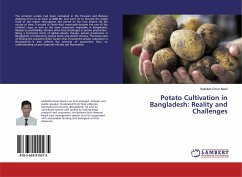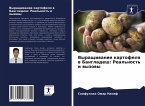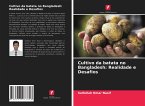The common potato had been cultivated in the Peruvian and Bolivian Altiplano from as far back as 8000 BC, and went on to become the staple food of the region throughout the period of the Inca Empire. By the course of time, it arrived in South-Asia, eventually became the one of the notified crops as well as the most important vegetable in Bangladesh. Besides its profitability, farmers often face challenges in potato production. Being a first-hand victim of global climate change, potato production in Bangladesh is hindered by several biotic and abiotic stresses. This book aims at finding the prevalent biotic factors that threatened potato cultivation in Bangladesh. It also reflects the scenario of quarantine thus; an understanding of pest dispersal will also get illuminated.
Bitte wählen Sie Ihr Anliegen aus.
Rechnungen
Retourenschein anfordern
Bestellstatus
Storno








